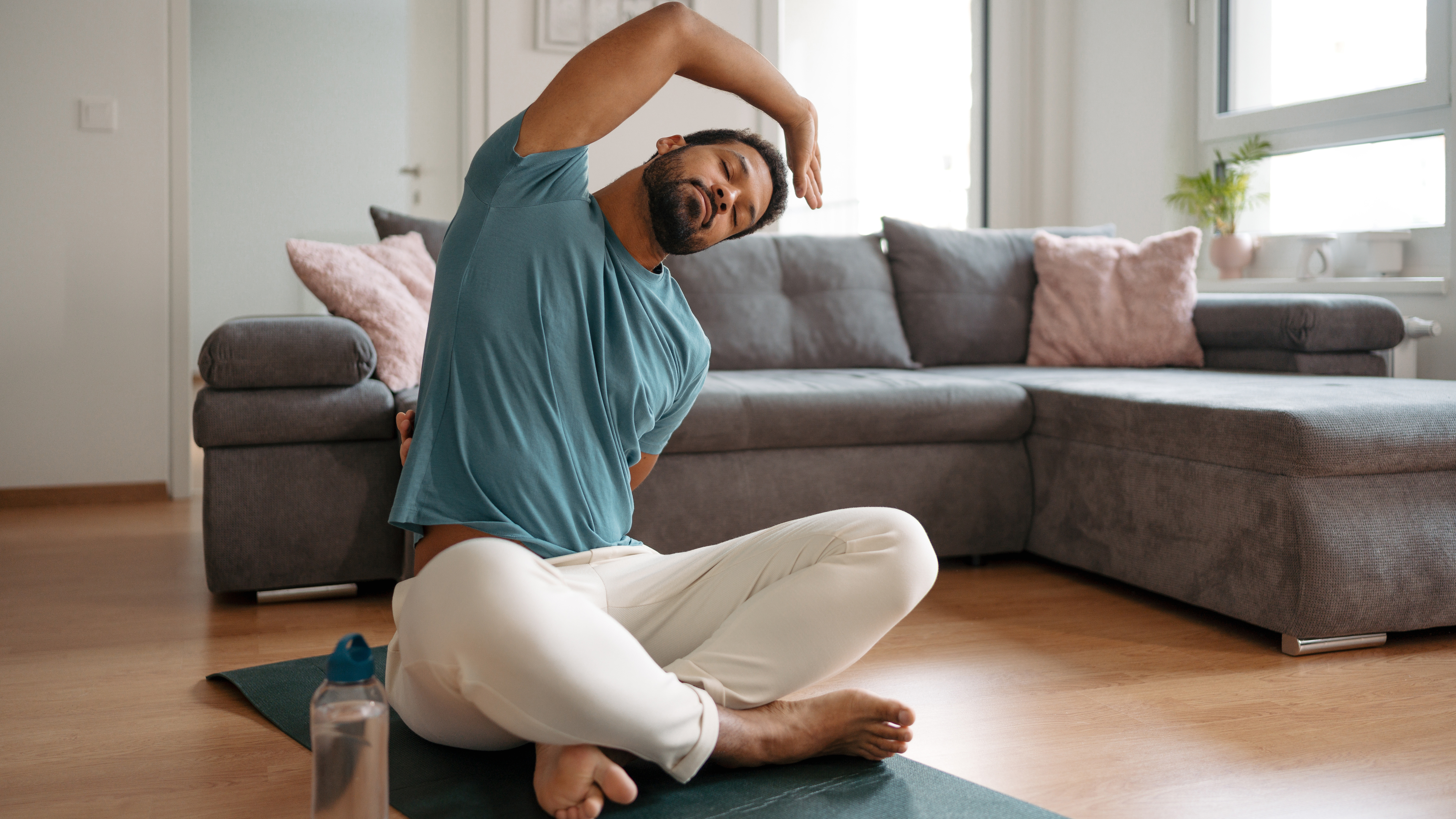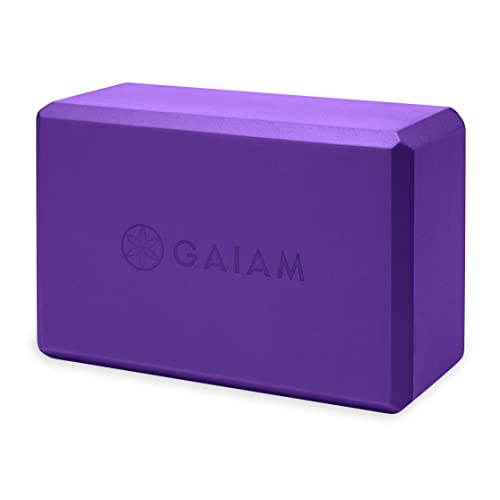
Humans don’t move as much as we used to. We sit down for work, we sit down when we’re traveling, then we crash on the couch to unwind. So if there’s a way to add some extra movement into your day, it’s worth doing.
Stretching is one of the simplest ways you can do this. Done consistently, it can improve flexibility, decrease injury risk and keep your joints healthy, all while providing a relaxing escape during a busy day.
"The nice thing about flexibility [training] is that you very rarely need any equipment," says flexibility expert Tom Merrick (aka the Bodyweight Warrior). "The important thing is just to do it."
He recently shared a 20-minute beginner stretching routine targeting the entire body. There are movements to mobilize the neck and spine, stretch the chest, open the hip flexors, lengthen the hamstrings and more. Watch the video below to follow the routine.
How to do Tom Merrick's 20-minute beginner flexibility routine
Get a better stretch with these tools

Support yourself in challenging poses with this Gaiam yoga block.
Why is stretching and flexibility work important
Poor flexibility can lead to a restricted range of motion (ROM) and altered movement patterns. If your body can't move as it needs to, other body parts will jump in to compensate, which can lead to over-use injuries.
Merrick explains this by using the example of tight hips impacting the spine.
"A lot of people will get tight hips and tight glutes from the fact that we sit a lot," he says. "Lower back pain is probably the most prevalent, or commonly reported, physical condition [related to this].
"Your body, and your spine especially, are like water, taking the path of least resistance [to execute a movement]. When your hips don’t move, your lower back is going to be doing a lot of work.
"If you can get your hips moving better, feeling a bit more open and relaxed, then it’s going to provide some relief to your lower back," he says.
Try doing a stretching routine like the one above a few times a week, or commit to doing these basic stretching exercises at the end of every workout.







